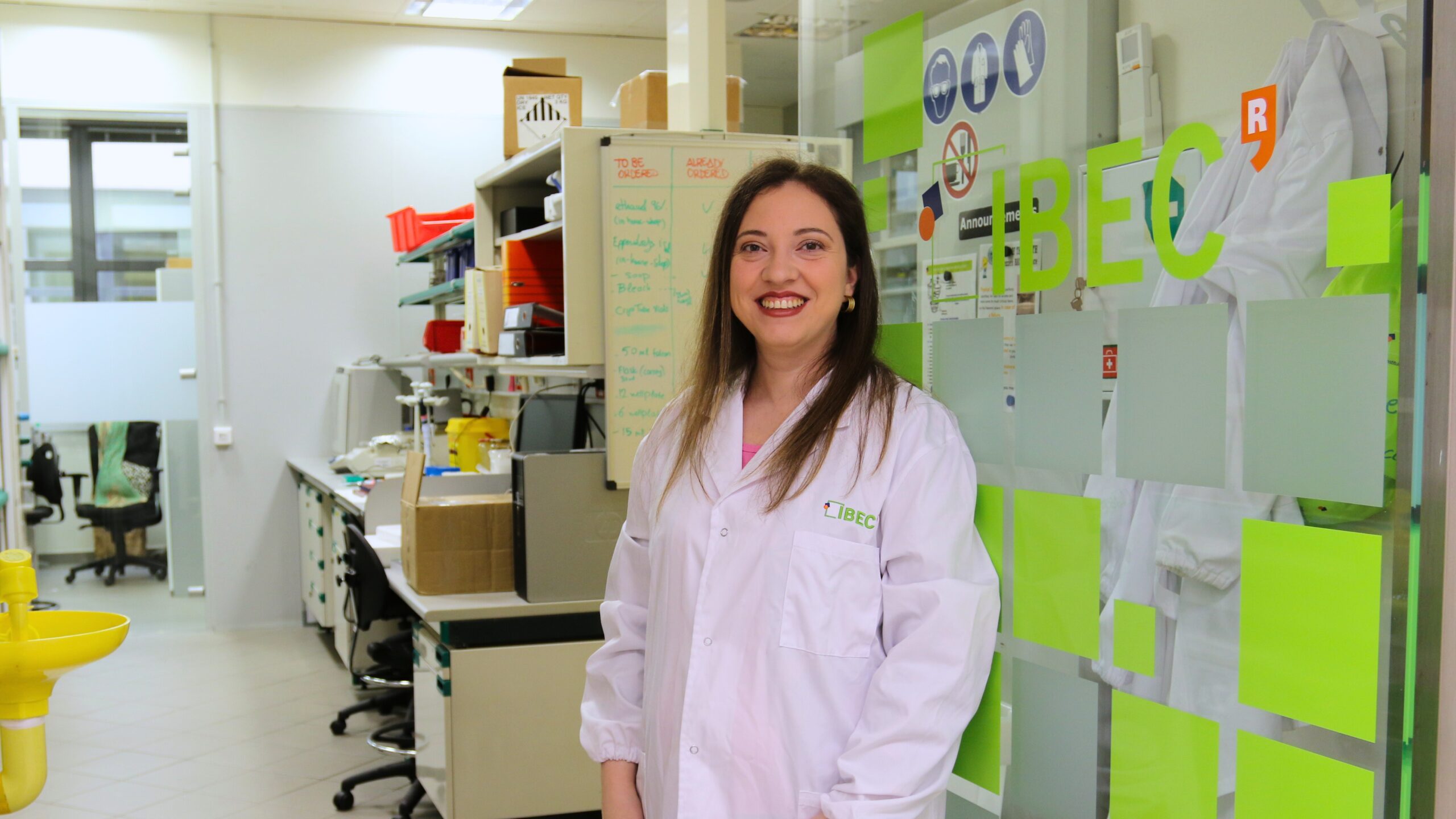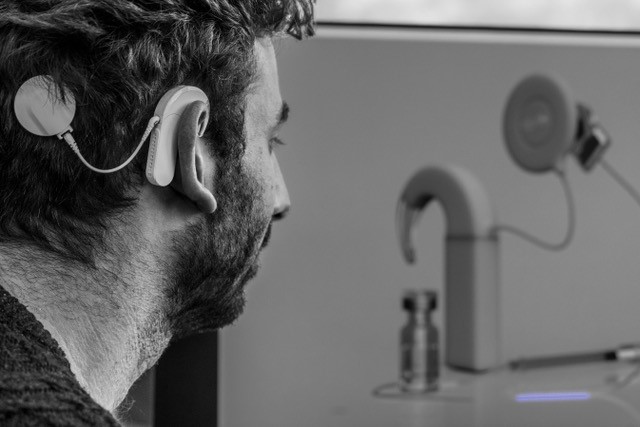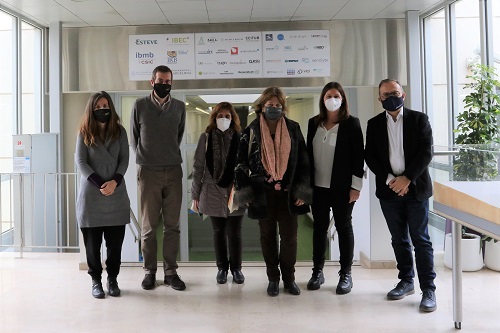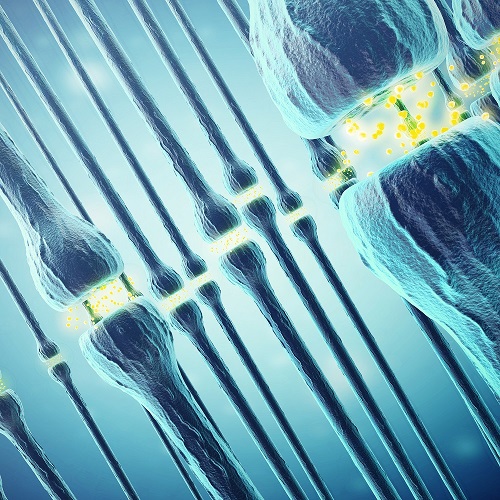Luminescent Nanoparticle-based Implants for Pain and Epilepsy Treatment
The IBEC is set to lead the coordination of the PHOTOTHERAPORT project, which will be developed with funding from the European Innovation Council’s Pathfinder Open programme. The project focuses on the development of luminescent implants and light-activated drugs for innovative neuromodulation therapies. PHOTOTHERAPORT will comprise an international consortium of 8 institutions and will receive €3 million over 3 years for the preclinical study of these implants.









